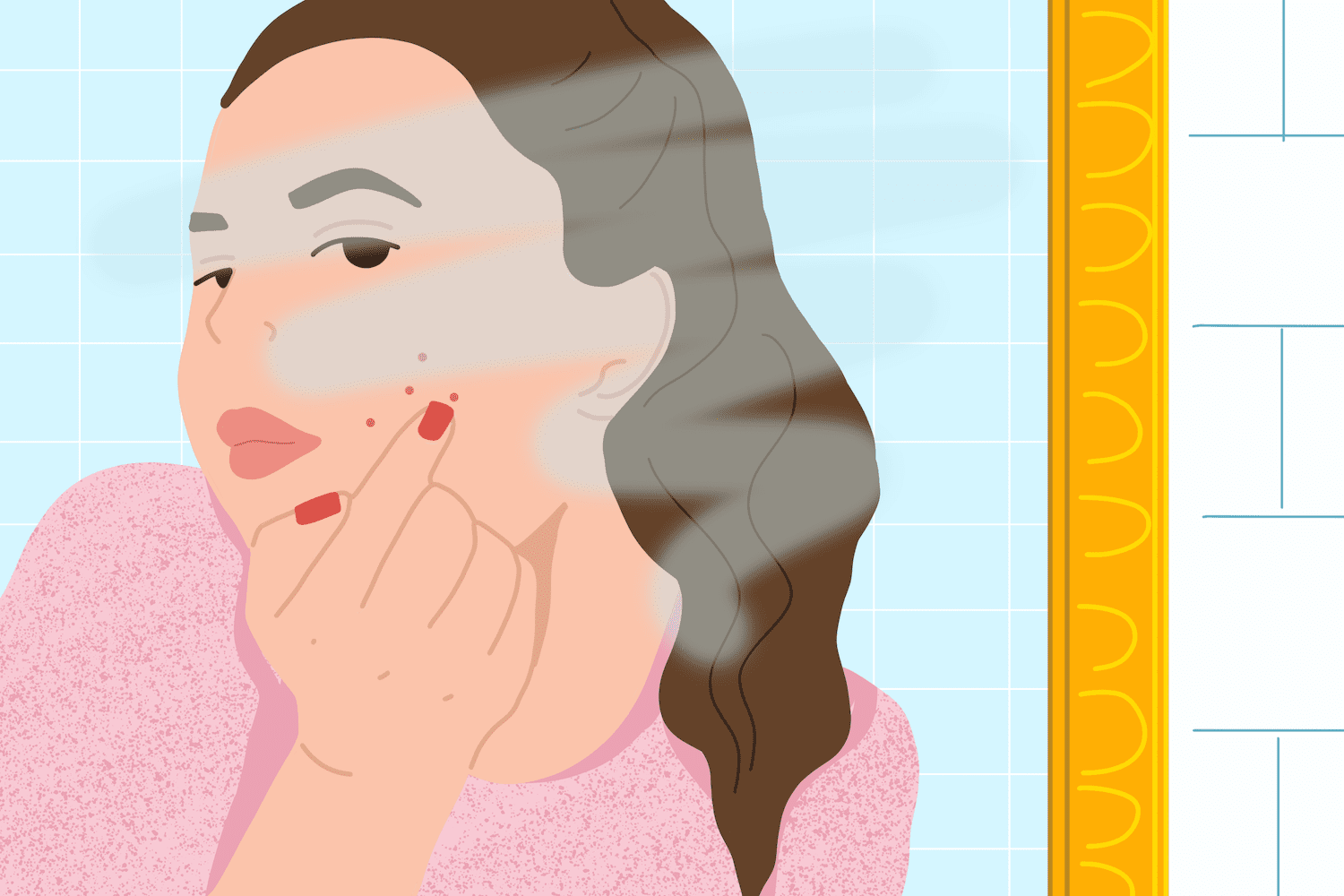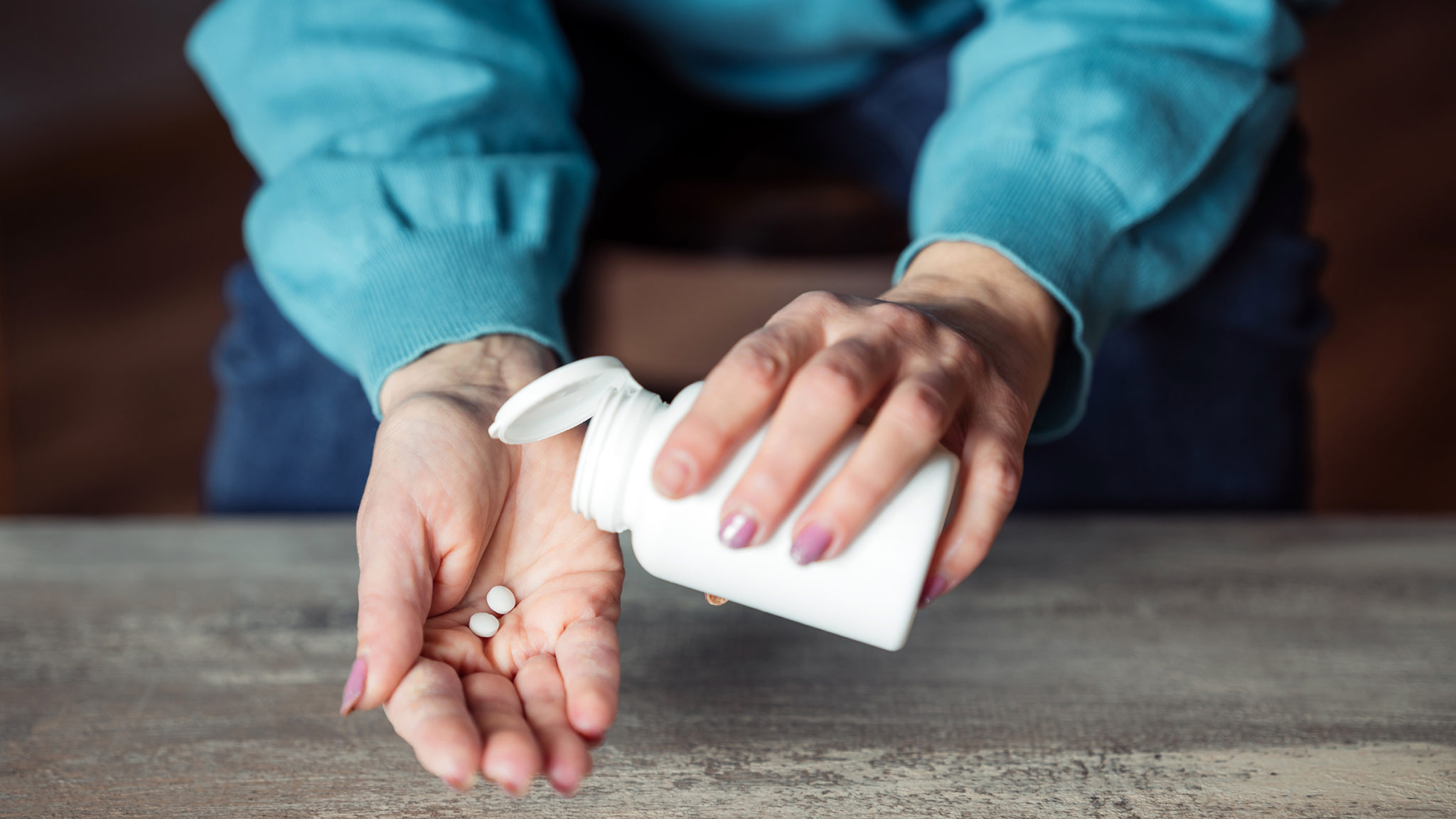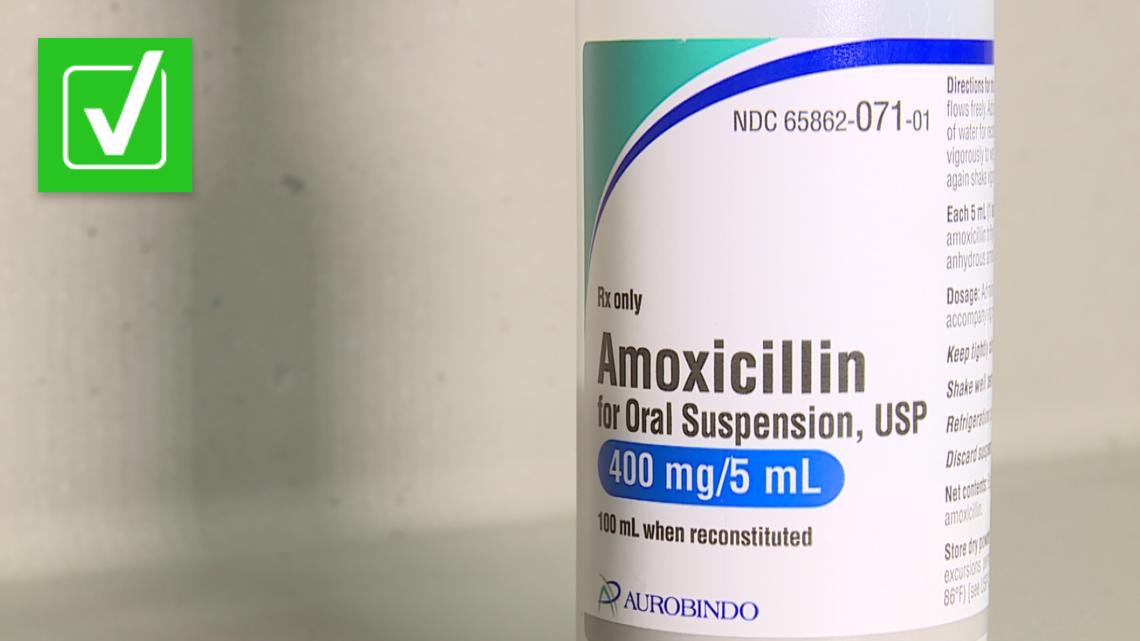When your child’s pediatrician prescribes cephalexin, it’s natural to have questions about proper administration, dosing, and safety. As a trusted antibiotic in pediatric medicine, cephalexin for children (commonly known by the brand name Keflex) is frequently prescribed to treat various bacterial infections. At Beverly Hills Pediatrician, we understand that parents need comprehensive guidance to safely administer medications to their children. This guide will help you understand everything you need to know about safely giving this medication to your child.
What Is Cephalexin?
Cephalexin belongs to a class of antibiotics called cephalosporins, which are closely related to penicillins. It works by interfering with the bacteria’s ability to form cell walls, ultimately destroying the harmful bacteria causing your child’s infection. This first-generation cephalosporin is particularly effective against common bacterial infections that affect children, including skin infections, respiratory tract infections, urinary tract infections, and certain bone and joint infections.
The medication is available in several forms suitable for children, including liquid suspension (which is often preferred for younger children), chewable tablets, and capsules for older children who can swallow pills safely. Understanding the proper use of cephalexin for children ensures optimal treatment outcomes while minimizing potential side effects.
Understanding Proper Dosing
One of the most critical aspects of safely administering cephalexin is ensuring accurate dosing. The dosage for children is always calculated based on your child’s weight, not their age. According to current pediatric guidelines, the standard dosing recommendations are:
For mild to moderate infections: The typical dose ranges from 25 to 50 mg per kilogram of your child’s body weight per day, divided into 2 to 4 equal doses.
For severe infections: In more serious cases, the dose may be increased to 75 to 100 mg per kilogram of body weight per day, divided into 3 to 4 equal doses.
Treatment duration: Most infections require treatment for 7 to 14 days. However, for streptococcal infections, your pediatrician may recommend continuing treatment for at least 10 days to prevent complications such as rheumatic fever.
Pediatric Cephalexin Dosing Chart
| Child’s Weight | Mild Infection (25-50 mg/kg/day) | Severe Infection (75-100 mg/kg/day) | Frequency |
|---|---|---|---|
| 10 kg (22 lbs) | 125-250 mg per day | 375-500 mg per day | Every 6-12 hours |
| 15 kg (33 lbs) | 187.5-375 mg per day | 562.5-750 mg per day | Every 6-12 hours |
| 20 kg (44 lbs) | 250-500 mg per day | 750-1000 mg per day | Every 6-12 hours |
| 25 kg (55 lbs) | 312.5-625 mg per day | 937.5-1250 mg per day | Every 6-12 hours |
| 30 kg (66 lbs) | 375-750 mg per day | 1125-1500 mg per day | Every 6-12 hours |
| 35 kg (77 lbs) | 437.5-875 mg per day | 1312.5-1750 mg per day | Every 6-12 hours |
| 40 kg (88 lbs) | 500-1000 mg per day | 1500-2000 mg per day | Every 6-12 hours |
Note: These are general guidelines. Your pediatrician will calculate the exact dose for your child.
It’s essential to never guess at the dosage or use leftover medication from a previous illness. Always follow your pediatrician’s specific instructions, as they will calculate the exact dose based on your child’s current weight and the type of infection being treated.
Step-by-Step Administration Guide
For Liquid Suspension
- Shake the bottle thoroughly before each dose. The medication settles, and shaking ensures your child receives the correct amount of active ingredient.
- Use the measuring device provided by the pharmacy or the physician’s office. Never use household spoons, as they can vary significantly in size and lead to incorrect dosing.
- Measure the exact amount prescribed by drawing the liquid up to the correct line on the measuring cup or syringe.
- Give the medication directly into your child’s mouth, aiming for the inside of the cheek rather than the back of the throat to prevent choking.
- Refrigerate the suspension after reconstitution and use within 14 days. Always check the expiration date before administering.
For Tablets and Capsules
- Ensure your child is sitting upright when taking the medication.
- Provide plenty of water to help swallow the medication and prevent it from sticking in the throat.
- Never crush or open capsules unless specifically instructed by your physician, as this can affect how the medication is absorbed.
- Store tablets and capsules at room temperature in their original container, away from moisture and heat.
Timing and Food Considerations
Cephalexin for children can be taken with or without food, which makes it convenient for parents to incorporate into their child’s routine. However, taking it with food may help reduce potential stomach upset, which some children experience with antibiotics.
The most important factor is maintaining consistent timing between doses. If your child is prescribed medication twice daily, space the doses 12 hours apart. For three times daily dosing, aim for every 8 hours, and for four times daily, every 6 hours.
Setting phone alarms or using a medication app can help you maintain this schedule, even during busy days or travel.
Recognizing and Managing Side Effects
Like all medications, cephalexin can cause side effects, though most children tolerate it well. Understanding what to watch for helps you respond appropriately and know when to contact your pediatrician.
Common Side Effects
- Mild stomach upset or nausea
- Diarrhea (usually mild)
- Loss of appetite
- Mild skin rash
These side effects are generally mild and resolve on their own. You can help minimize stomach upset by giving the medication with food and ensuring your child stays well-hydrated.
Serious Side Effects Requiring Immediate Medical Attention
- Severe or persistent diarrhea, especially if it contains blood
- Severe allergic reactions (hives, difficulty breathing, swelling of the face or throat)
- Severe skin reactions or extensive rash
- Persistent vomiting
- Signs of secondary infections (such as oral thrush)
If your child experiences any severe side effects, contact your pediatrician immediately or seek emergency medical care if symptoms are life-threatening.
Side Effects Management Chart
| Side Effect | Frequency | Management | When to Call Doctor |
|---|---|---|---|
| Mild stomach upset | Common (10-15%) | Give with food, small frequent meals | If persists >48 hours |
| Mild diarrhea | Common (10-20%) | Increase fluids, probiotics (if approved) | If severe, bloody, or >72 hours |
| Loss of appetite | Common (5-10%) | Offer small, favorite foods | If no eating for >24 hours |
| Mild skin rash | Uncommon (2-5%) | Monitor closely, discontinue if spreading | Immediately if severe |
| Nausea/vomiting | Uncommon (3-8%) | Give with food, anti-nausea position | If persistent or severe |
| Allergic reaction | Rare (<1%) | Stop medication immediately | Call 911 if breathing difficulty |
| C. diff colitis | Very rare (<0.5%) | Stop medication, seek immediate care | Immediately for bloody diarrhea |
| Kidney effects | Very rare (<0.1%) | Ensure adequate hydration | If decreased urination |
Special Considerations and Precautions
Allergies
Before starting cephalexin, inform your pediatrician of any known allergies, particularly to penicillins or other antibiotics. While cross-reactivity between penicillins and cephalosporins is relatively rare, it’s important information for your healthcare provider to ensure cephalexin for children is the safest treatment option.
Drug Interactions
Cephalexin generally has few drug interactions, but always inform your pediatrician about any other medications, supplements, or herbal remedies your child is taking.
Probiotics
Some pediatricians recommend giving probiotics during antibiotic treatment to help maintain healthy gut bacteria and reduce the risk of antibiotic-associated diarrhea. Discuss this option with your healthcare provider.
Hydration
Ensure your child drinks plenty of fluids while taking cephalexin, as this helps prevent kidney-related side effects and supports overall recovery.
Completing the Full Course
One of the most crucial aspects of antibiotic treatment is completing the entire prescribed course, even if your child starts feeling better after just a few days. Stopping the medication early can lead to:
- Incomplete elimination of bacteria
- Potential for infection to return
- Development of antibiotic-resistant bacteria
Mark your calendar with the end date of treatment and set reminders to help ensure your child takes every prescribed dose.
When to Contact Your Pediatrician
While cephalexin is generally safe and well-tolerated, certain situations warrant immediate contact with your healthcare provider:
- No improvement in symptoms after 48-72 hours of treatment
- Worsening of symptoms during treatment
- Development of new symptoms
- Severe or persistent side effects
- Difficulty administering the medication due to vomiting or refusal
- Concerns about missed doses
Storage and Safety Tips
Proper storage ensures the medication remains effective and safe:
- Store liquid suspension in the refrigerator
- Keep tablets and capsules at room temperature in a dry place
- Always use the original container with the prescription label
- Never share antibiotics between children
- Dispose of unused medication properly through pharmacy take-back programs
- Keep all medications out of reach of children
Supporting Your Child’s Recovery
While cephalexin fights the bacterial infection, you can support your child’s recovery through:
- Ensuring adequate rest
- Providing nutritious foods and plenty of fluids
- Following any additional care instructions from your pediatrician
- Monitoring symptoms and communicating with your healthcare provider
Frequently Asked Questions
Generally, cephalexin has few drug interactions, but it’s crucial to inform your pediatrician about all medications, supplements, and herbal remedies your child is currently taking. Some medications like probenecid can increase cephalexin levels in the blood, while others may affect absorption. Always check with your healthcare provider before combining medications.
If your child vomits within 30 minutes of taking the medication, you should generally give another dose. If vomiting occurs more than 30 minutes after administration, most of the medication has likely been absorbed, so don’t repeat the dose. Contact your pediatrician if vomiting continues or if you’re unsure about re-dosing.
While cephalexin belongs to a different antibiotic family than penicillin, there is a small risk of cross-reactivity (approximately 1-3%). Always inform your pediatrician about any penicillin allergies. They may choose an alternative antibiotic or monitor your child closely if cephalexin is prescribed.
Cephalexin tablets can typically be crushed and mixed with a small amount of soft food like applesauce or pudding if your child has difficulty swallowing pills. However, capsules should not be opened unless specifically instructed by your physician. The liquid suspension is usually the preferred option for younger children.
You should typically see improvement in your child’s symptoms within 24-48 hours of starting cephalexin. However, it’s crucial to complete the entire prescribed course even if symptoms improve quickly. If there’s no improvement after 72 hours, contact your pediatrician as a different antibiotic may be needed.
Once your child has been on antibiotics for 24 hours and is fever-free, they can usually return to school or daycare. However, this depends on the specific infection being treated and your school’s policies. Check with both your pediatrician and your child’s school for specific guidelines.
Give the missed dose as soon as you remember, unless it’s almost time for the next dose. In that case, skip the missed dose and continue with the regular schedule. Never double up on doses. If you frequently forget doses, set phone alarms or use a medication tracking app to help maintain the schedule.
Yes, like other antibiotics, cephalexin can disrupt the normal balance of bacteria and fungi in the body, potentially leading to yeast infections. Watch for signs like oral thrush (white patches in the mouth) or diaper rash that doesn’t improve. Contact your pediatrician if you notice these symptoms.
Some children may notice a slight change in urine odor while taking cephalexin, which is generally harmless. However, if your child experiences pain during urination, blood in urine, or significantly decreased urine output, contact your pediatrician immediately as these could indicate more serious side effects.
No, you should never save leftover antibiotics for future use. Each infection may be caused by different bacteria requiring different treatments. Using leftover antibiotics can lead to treatment failure, antibiotic resistance, and potential harm. Dispose of unused medication through pharmacy take-back programs or follow FDA guidelines for safe disposal.
Your Child’s Health is Our Priority
Ensuring your child receives safe and effective antibiotic treatment remains fundamental to their recovery and overall wellbeing. Cephalexin for children, when you administer it correctly following your pediatrician’s guidance, provides a proven and reliable treatment for many common bacterial infections. The key to successful treatment lies in proper dosing, consistent timing, completing the full course, and maintaining open communication with your healthcare provider throughout the process.
Remember that every child responds differently to medications, and what works for one child may not work identically for another. This explains why personalized medical care and professional oversight matter so much. By following the guidelines we outline in this comprehensive guide and staying in close contact with your pediatric team, you take the right steps to ensure your child’s quick and safe recovery.
Resources and Expert Care at Your Fingertips
At Beverly Hills Pediatrician, we commit to providing exceptional pediatric care that goes beyond just treating illness. Our comprehensive approach includes patient education, preventive care, and ongoing support for families navigating their children’s health needs.
For immediate questions about your child’s medication or to discuss any concerns, please don’t hesitate to contact our office. Our experienced pediatric team always stands ready to provide the guidance and reassurance you need.
If you’d like to learn more about our practice philosophy and the comprehensive services we offer, visit our main website. We also offer concierge medicine for kids, providing enhanced access to personalized pediatric care when you need it most.
To schedule routine check-ups, sick visits, or follow-up appointments, you can easily book an appointment online at your convenience.
Stay informed about the latest pediatric health topics, medication guidelines, and parenting tips by exploring our comprehensive blog, where we regularly share evidence-based information to help keep your family healthy.
For additional information about antibiotic safety and pediatric medication guidelines, the American Academy of Pediatrics provides excellent resources for parents. The CDC’s antibiotic safety information also offers valuable insights into proper antibiotic use and resistance prevention.
Your child’s health journey represents a partnership between you and your pediatric healthcare team. Together, we can ensure your child receives the safest, most effective care possible.




